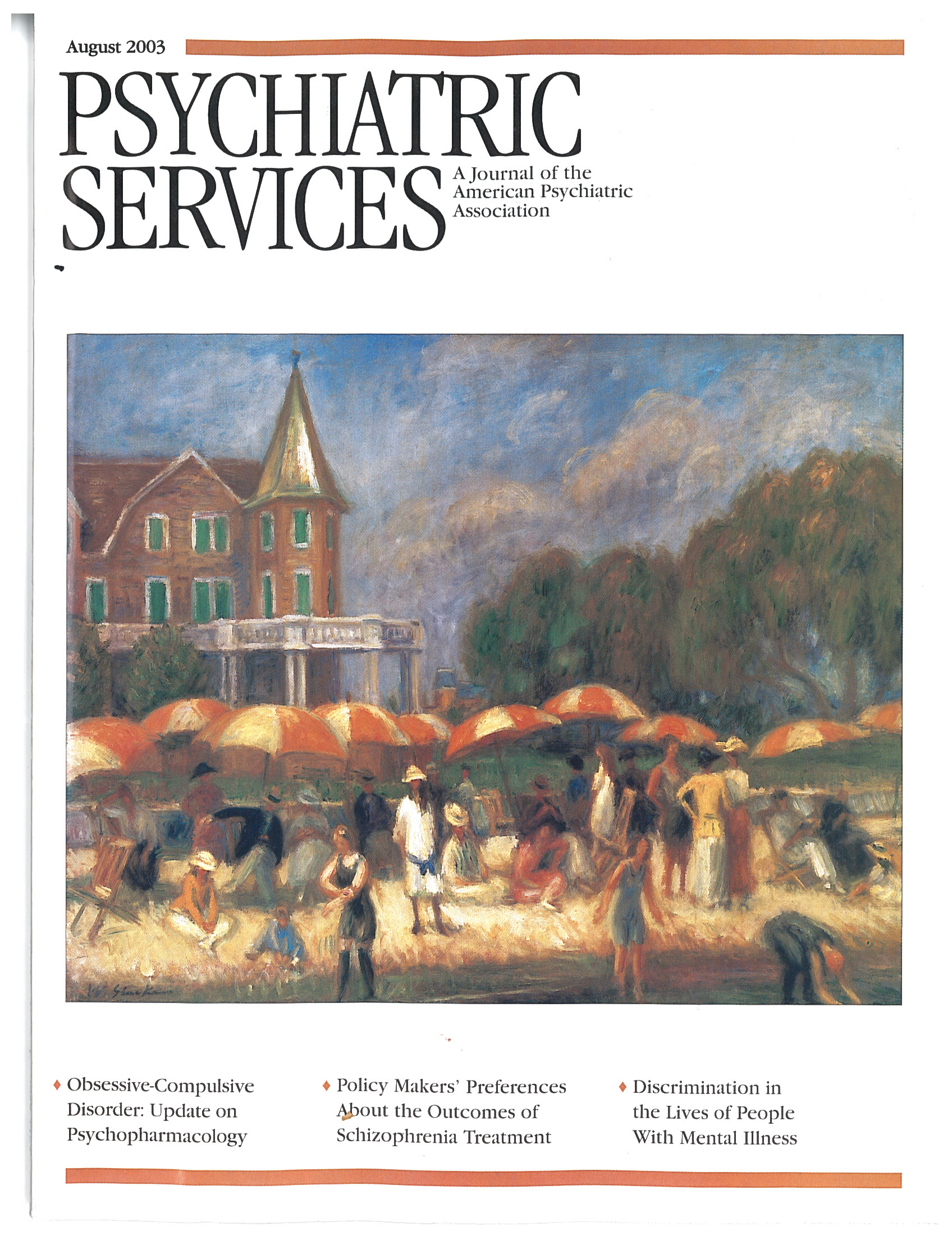Medication Errors in Psychiatry
To the Editor: We read with interest the article in the May issue by Dr. Grasso and his colleagues about the detection of medication errors in a state psychiatric hospital (1). We have ourselves recently reported on a review of prescribing errors by a panel of assessors—two consultant psychiatrists and the head pharmacist—in a large (400-bed) tertiary referral psychiatric hospital in the United Kingdom (2). The prescribing errors investigated were those detected by pharmacists over a one-month period. The assessors used the definition of a prescribing error used by Dean and associates (3) to determine whether such an error had occurred and its potential severity.
A total of 311 errors met this definition and were divided into two categories: decision-making errors, such as prescribing a drug to which the patient was known to be allergic, and prescription-writing errors, such as an illegible prescription or a transcription error. Prescription-writing errors were more common (87.5 percent) than decision-making errors (12.5 percent). Potentially serious errors—those of definite clinical significance with the potential to cause harm to the patient—were relatively infrequent (8.7 percent of all errors detected).
It would have been useful if Dr. Grasso and his colleagues had provided information about the types of drugs that were most commonly involved in medication errors. In our study we found that the error rate for nonpsychotropic drug prescriptions was twice that for psychotropics, perhaps reflecting the prescribing psychiatrists' greater familiarity with the latter.
Dr. Grasso and his colleagues did not mention whether the prescribed drug had been administered, which we would have been interested to know. In our study, which like theirs was based on a retrospective review of patient records, the drug involved had been administered in 131 of the 311 cases (42.1 percent). Clearly, it is highly desirable to detect prescribing errors as soon as possible and particularly before the drugs have been administered. In our study, we estimated that about 85 percent of the prescribing errors could have been prevented at the source by currently available electronic prescribing systems such as those described by Bates and associates (4). However, other measures, such as continuing staff education about medications and greater involvement by pharmacy staff in patient care, are also needed to improve medication safety for our patients.
The authors are affiliated with St. Andrew's Hospital in Northampton, England.
1. 1.Grasso CG, Genest R, Jordan CW, et al: Use of chart and record reviews to detect medication errors in a state psychiatric hospital. Psychiatric Services 54:677–681, 2003Link, Google Scholar
2. 2.Haw C, Stubbs J: Prescribing errors at a psychiatric hospital. Pharmacy in Practice 13:64–66, 2003Google Scholar
3. 3.Dean B, Barber N, Schachter M: What is a prescribing error? Quality in Health Care 9:232–237, 2000Google Scholar
4. 4.Bates D: Using information technology to reduce rates of medication errors in hospitals. British Medical Journal 320:788–791, 2000Crossref, Medline, Google Scholar



